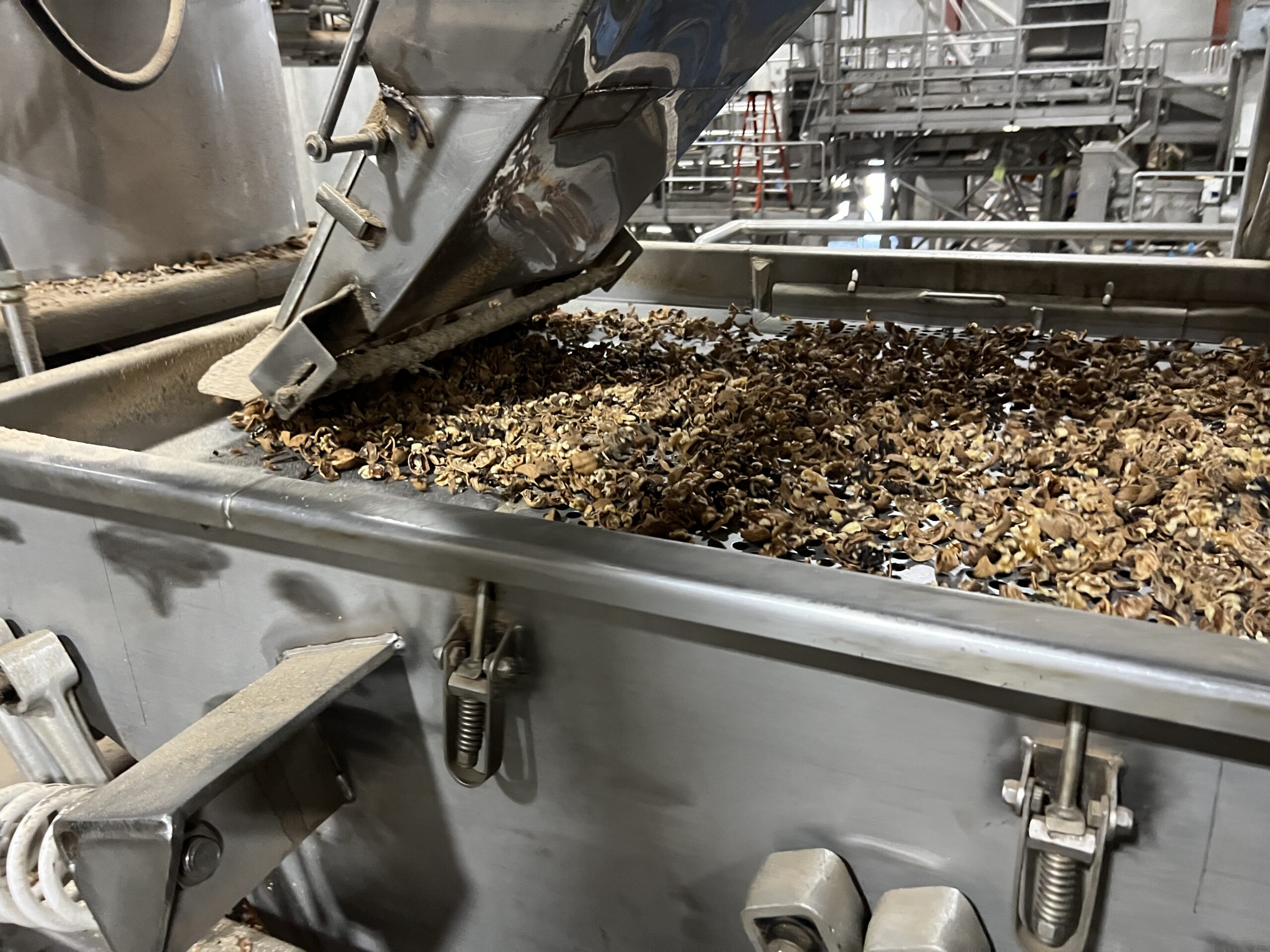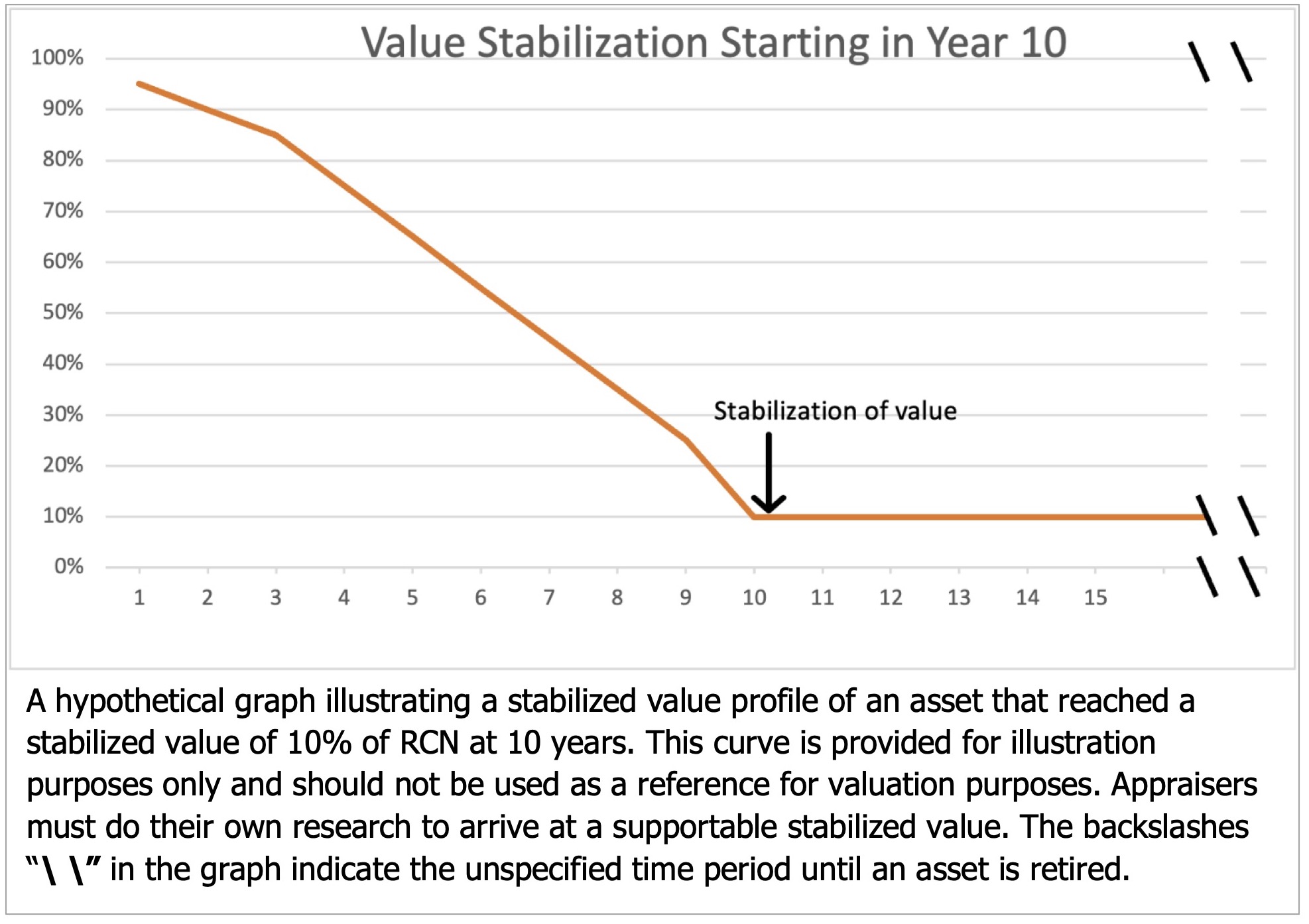 Litigation support, from an equipment appraiser’s point of view, often seems like a long discussion about what constitutes an adequate appraisal report –– and that inevitably includes explaining what USPAP is and why it’s important. Of course, the benefits of a USPAP report aren’t limited to litigation purposes: professional appraisal standards benefit everyone in every situation for which an equipment appraisal is needed.
Litigation support, from an equipment appraiser’s point of view, often seems like a long discussion about what constitutes an adequate appraisal report –– and that inevitably includes explaining what USPAP is and why it’s important. Of course, the benefits of a USPAP report aren’t limited to litigation purposes: professional appraisal standards benefit everyone in every situation for which an equipment appraisal is needed.
The Uniform Standards of Professional Practice (USPAP) contains the generally accepted standards for professional appraisal practice in North America, as developed by the Appraisal Standards Board (ASB) of the Appraisal Foundation. USPAP is the industry standard, designed to give the general public confidence that certain standards of quality and ethical conduct have been met. USPAP is to appraisal practice what generally accepted accounting principles (GAAP) are to accounting.
And just as GAAP developed in the fallout of the 1929 stock market, USPAP developed out of unregulated valuations run amuck.
Remember the S&L crash in the 1980s? USPAP wasn’t around then. At that point in the lending industry, no appraisal standards existed; some have likened that era of valuations and lending to the wild west. Instability and jeopardy everywhere. As a CPA, I spent a lot of time in the late 1980s and early 1990s at KPMG auditing a failed S&L in Stockton and looking over tons of subpar appraisals that were part of the big disaster for which the US taxpayers got to pay a +$300 billion bail-out.
Following that financial disaster, Congress passed the Financial Institutions Reform, Recovery and Enforcement Act of 1989 (FIRREA) and FIRREA authorized creation of The Appraisal Foundation, which oversaw the creation of USPAP. USPAP is updated every two years and USPAP compliant reports are now required for lending of FDIC funds, SBA funds and for IRS purposes. USPAP sets forth the industry standards, best practices and quality control standards applicable for real property, personal property, intangibles, and business valuation appraisal reports.
It’s true that not all financial statements must be GAAP compliant; and not all appraisal reports need to be USPAP compliant. But if you are going to take an equipment valuation (or financial statements for that matter) to a bank or governmental entity, you will likely have a more desirable outcome if you go in with a USPAP compliant report rather than an unqualified appraisal report. In the industry, these unqualified appraisal reports are referred to as “one sheet wonders.” As in, “I wonder how the author came up with these numbers?” A judge on the east coast, when faced with one of these appraisals, sarcastically declared the value as ipse dixit –– Latin for “because I said so.”
Imagine how much more confident you’ll feel showing up in court with a solid USPAP appraisal report that supports your client’s position when the the opposing side presents its ipse dixit “one sheet wonder” with unsupported values.
Whether or not you are headed for court, consider what’s appropriate for the situation. What does due diligence call for? Will you and your client feel confident with what could be a non-compliant appraisal from an unaccredited appraiser with no explanation of how values were derived, or a clear defined definition of value, and a statement of independence? If you or your client is investing in a business, calculating a loss, deciding how much to insure equipment for, or working out an equitable distribution of property for any reason that could lead to a dispute, you’re going to appreciate the detail and careful reporting required by what is the industry standard, USPAP.
So how can you know that the appraisal you have in front of you is in fact a USPAP compliant piece of work? Well, if it doesn’t claim to be a USPAP compliant report, it’s not. On the other hand, just because it does claim to be USPAP compliant report doesn’t mean it really is! There are a couple of things you should look for in a report, but why not start by reviewing the author’s CV to be sure it lists a USPAP class within the last two years? You might be surprised how many CVs indicate that the appraiser issuing a supposedly USPAP compliant report has never taken a USPAP class. Another important area to review is the appraisal report’s scope of work, as discussed in an earlier USPAP post, along with a discussion of what a USPAP report should include.
In some cases, you or your client might want to consider hiring a professional with a special accreditation in Appraisal Review and Management (ARM). An appraisal review can truly answer answer the question of whether or not the appraisal is USPAP compliant.
But perhaps one of the best ways to ensure that an appraisal is USPAP qualified is to make sure the appraiser signing the appraisal report has the proper accreditation. The American Society of Appraisers (ASA) has even more stringent standards than USPAP; with an ASA appraiser, you’ll know your appraisal report meets USPAP standards.
Jack Young, ASA, CPA
Equipment Appraisal Litigation Support
NorCal Valuation Inc.




